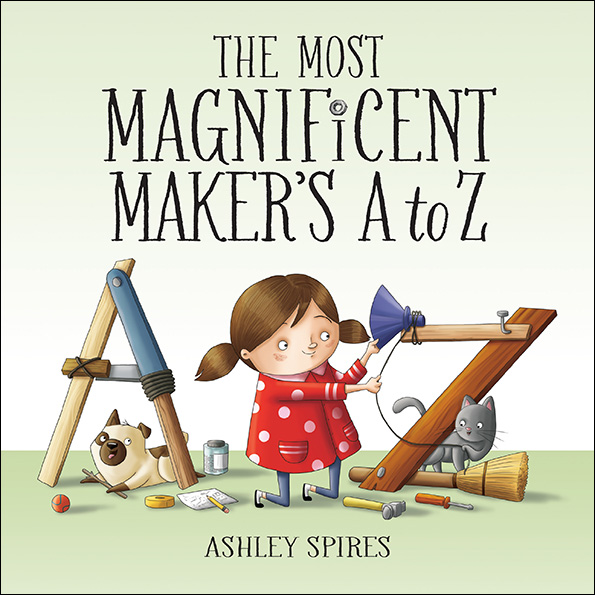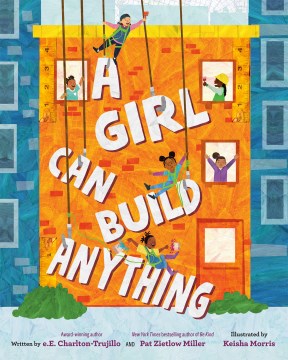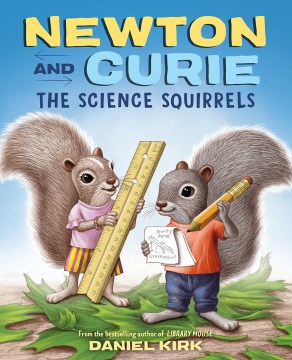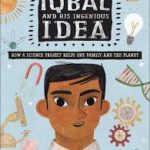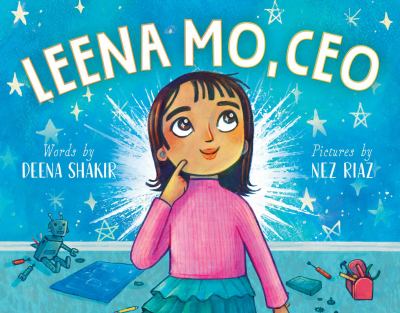
Written by Deena Shakir and illustrated by Nez Riaz
Leena had to shovel snow and she really didn’t like that job. So, She dreamed, brainstormed, investigated and eventually built a duck-like robot to do the job for her. Her neighbors noticed how great her new snow removal device, aka Helmy (Arabic for “my dream”) and the orders started pouring in. Leena asks her two friends to join her business – Olivia (a robotics whiz) and Lily (a successful lemonade stand entrepreneur). Leena’s only remaining problem was Helmy parts procurement. How would she pay for them? Her nice neighbor, Miss Irma, offered to invest in Leena’s venture. Her business was ready to go! The girls got right to work with production, They sold all the Helmys they produced and business grew. Leena was a CEO! The story ends with a tv interview, which a man and his granddaughter watch in Leena’s mom’s hometown in Iraq. That little girl saw her future dreams in Leena’s story. Anything is possible!
This is an inspiring STEM related story that will resonate with young girls, who may not even realize that their interest in one area might turn into something even bigger. Characters are culturally diverse and the community seems to be positive and supportive of the young CEO. The illustrations are colorful and complement the storyline. Buy this for your library and share it with your young scientists. What if a child read this and said “I can do this, too!”? How cool would that be?

